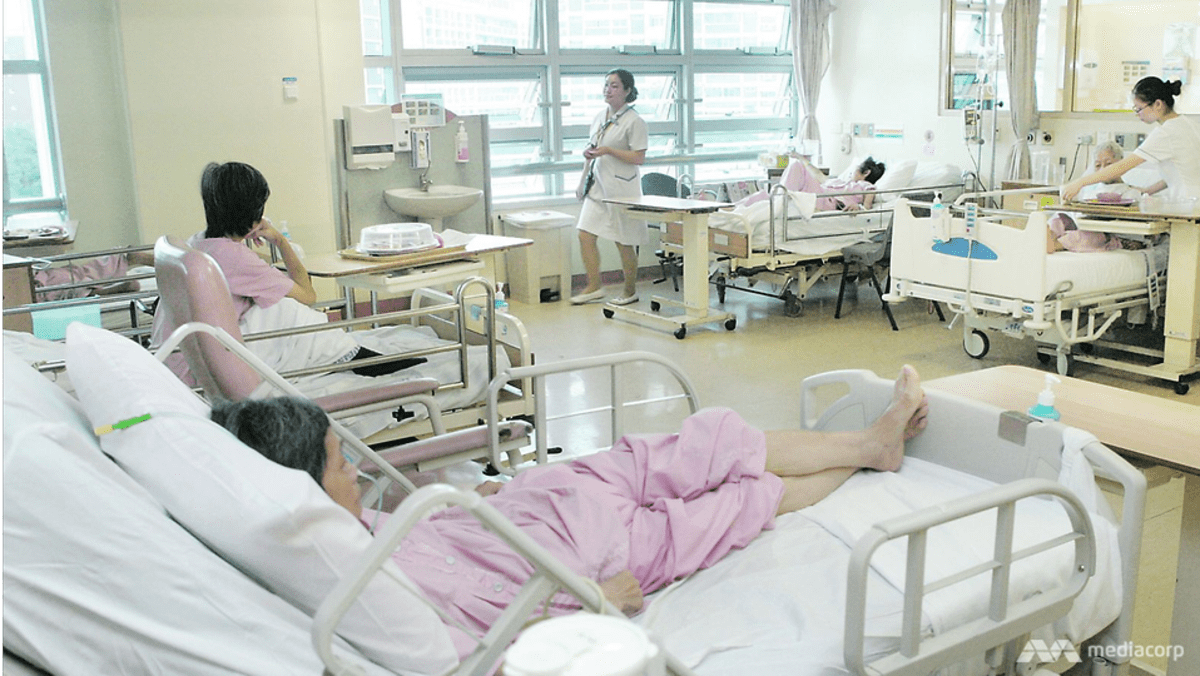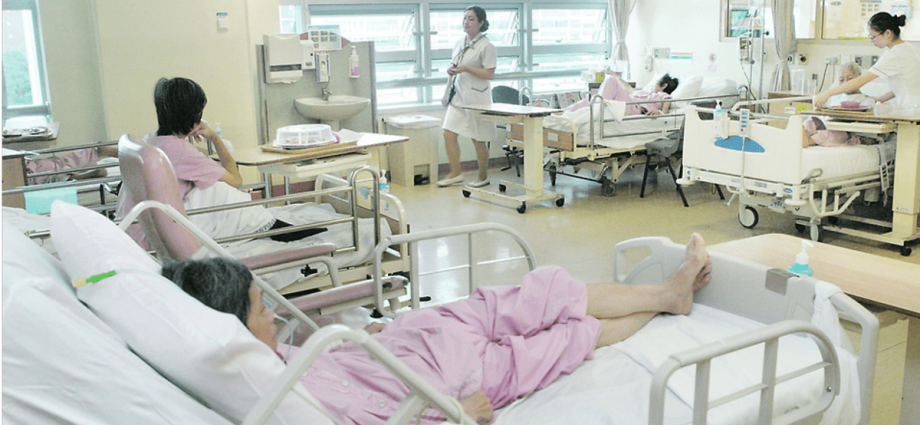
What’s the impact?
More people – up to 1.1 million Singapore residents, according to MOH – will benefit from increased subsidies.
The increased subsidies for community hospitals also aims to encourage “right-siting” of patients, which refers to providing appropriate medical care wherever cost is the lowest possible.
In a speech on Monday, Health Minister Ong Ye Kung noted that some patients could be reluctant to move to community care settings because they feel more assured of government financial support in acute hospitals.
The latest changes, along with increased community care capacity and the rollout of Healthier SG and Age Well SG, point to a significant shift in focus from hospitals to community and home settings, said Mr Ong.
Plans for the higher subsidies were actually announced earlier this year, during the Budget by then-Deputy Prime Minister Lawrence Wong. He said then that the changes will cost the government an extra S$300 million a year.
Public health specialist Jeremy Lim said that in the grand scheme of things, this additional spending is not a “large sum” compared to the overall national budget for healthcare. MOH’s revised expenditure for last year came up to nearly S$18 billion.
“What’s important is that the monies help to allay citizens’ concerns about healthcare affordability and increase accessibility,” said Assoc Prof Lim.
“Ideally, citizens then access these services earlier, have better outcomes and have the peace of mind about affordability.”
And on a wider level, this could improve efficiency and lead to savings from avoiding late diagnosis and complications, he added.

